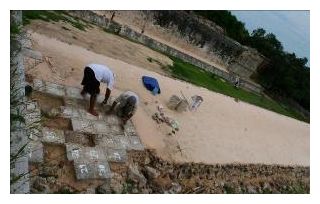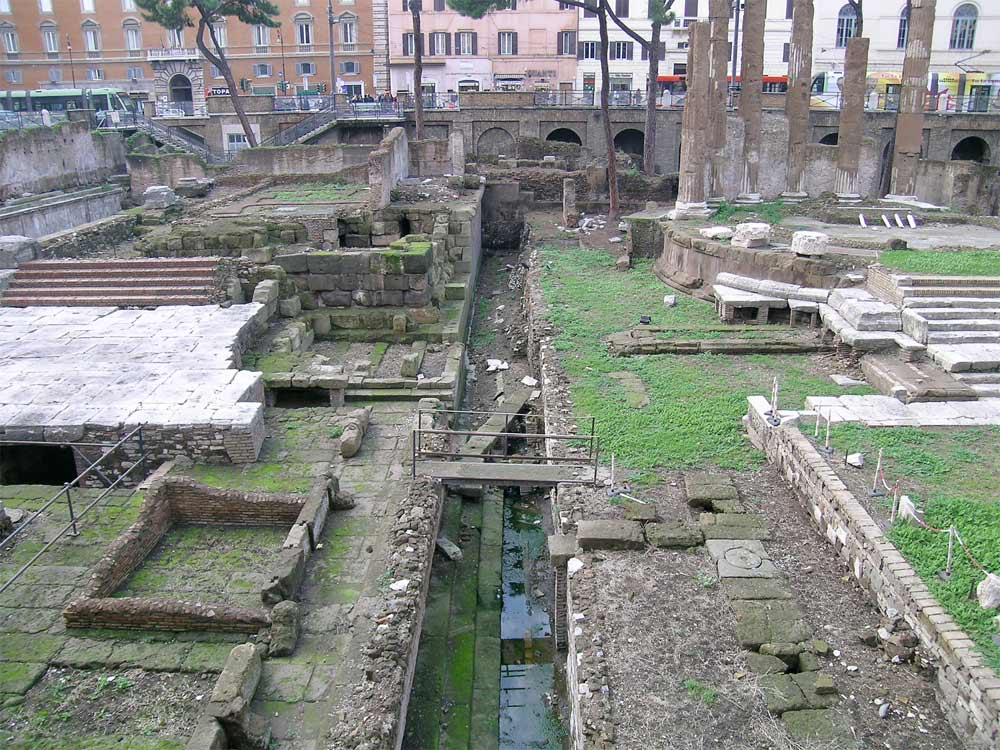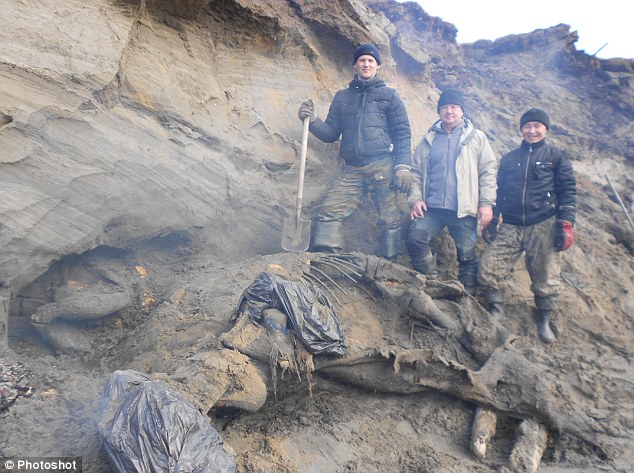
© Latin American Herald Tribune
Mexico City - Restoration works at Chichen Itza have confirmed the hypothesis that the ballgame played in that ancient Mayan city in southeastern Mexico had an astronomical function, the National Anthropology and History Institute, or INAH, said.
After almost two years of restoration and preservation work, the Great Ballcourt at Chichen Itza, at 120 meters (130 yards) long the largest in Mesoamerica, is gradually recovering its original appearance with the reincorporation of different elements, including the five "passages" that the ancient Mayas built on the site.
The passages are structures that, according to recent studies, were used to observe the path of the sun during the equinoxes and solstices, INAH said in a communique.
Archaeologist Jose Huchim, coordinator of the Chichen Itza comprehensive conservation project, said that observers were possibly stationed in those structures to follow the game and see if the ball went through the vertical stone ring and make sure players hit the ball according to the rules of the ritual.
Huchim said that 25 years ago, when he was studying archaeology, he observed the site with his then-professor Victor Segovia, a pioneer in the study of pre-Colombian astronomy, because both were convinced that the passages were oriented to the equinoxes and solstices.


